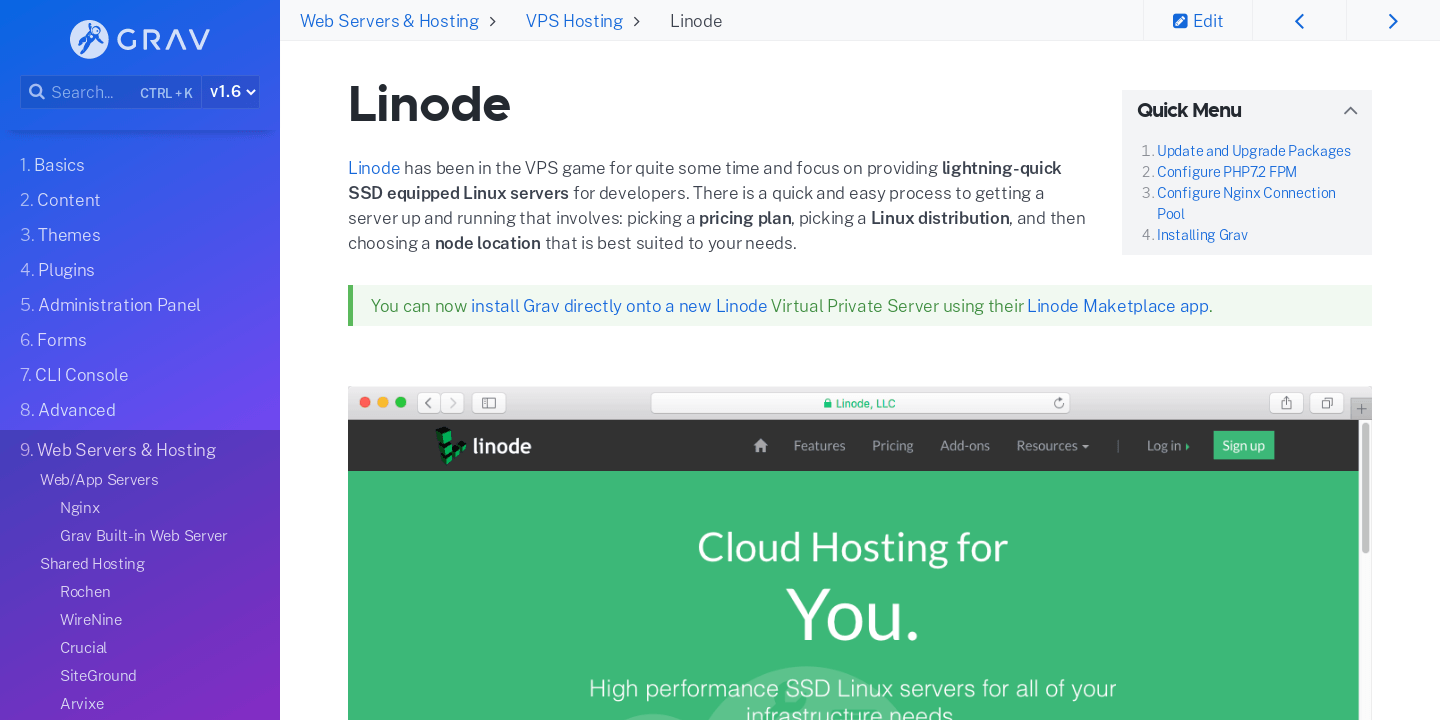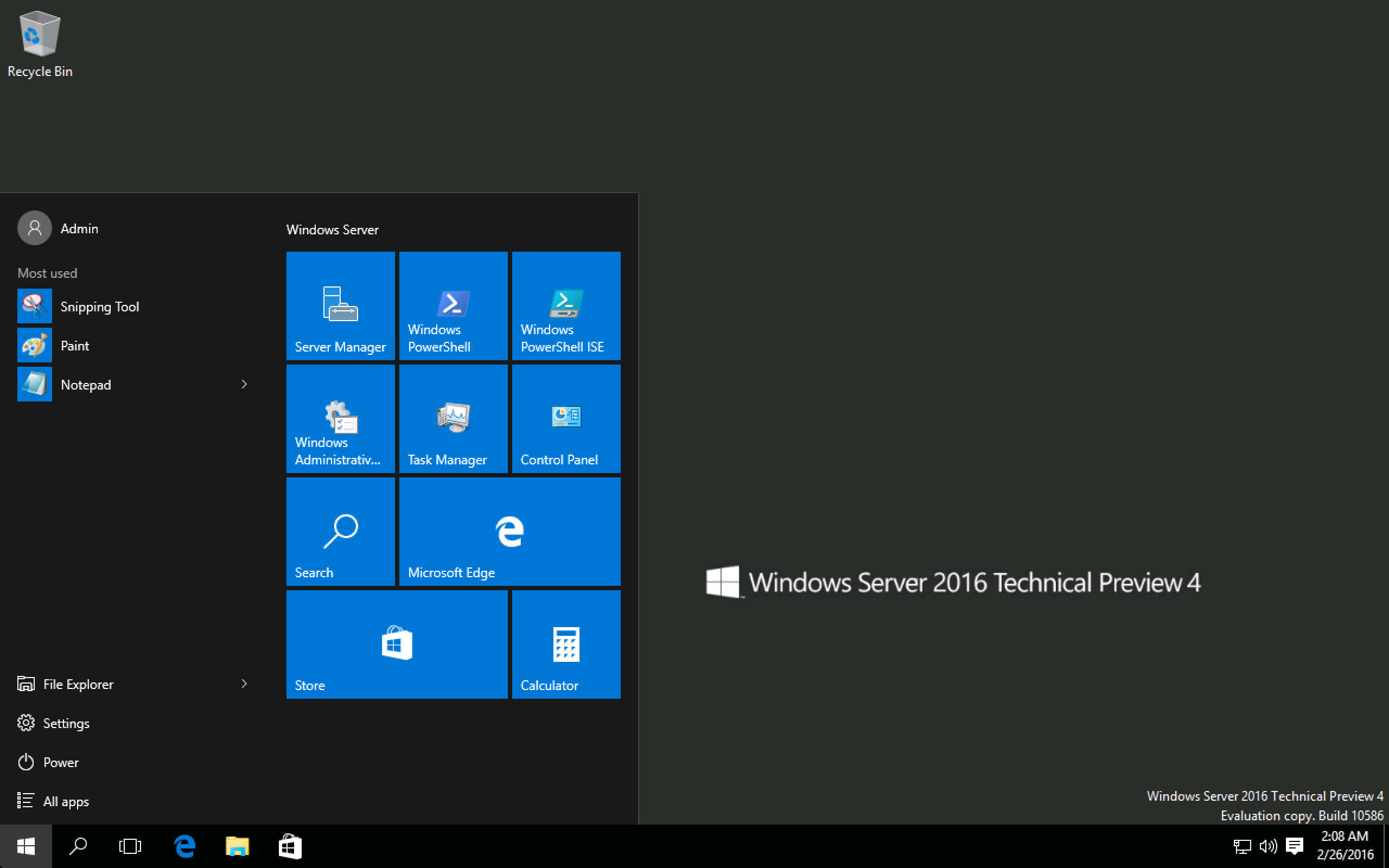
Shared web hosting is a great way to start a website. The hosts are very easy to use and come with everything you need to get your website up and running. Even beginners with no hosting experience can get started.
What is the best shared hosting for your business?
You need to be aware of a few factors when selecting the right shared hosting. You should consider speed, power performance, customer support, and scalability. Additionally, they must have enough security features and a 100% uptime guarantee. Customers should have access to customer service 24 hours aday, seven day a week.
Speed: If your goal is to have your website load quickly, select a shared hosting package that has a large bandwidth and a quick connection. They will allow visitors to have a more enjoyable and smoother experience.
Scalability - As your site grows, you will need a hosting plan that can grow along with it. Choose a host with multiple hosting plans. That way, you can easily scale your plan to fit your site's size and traffic.

You will find that many providers of shared hosting have competitive pricing. However, it is important to make sure that the pricing is transparent and consistent. The best shared hosting services will allow you to pay a set price for a year, two years or three years.
Hosting Dedicated: If your site has a lot of traffic, or you need to deal with sensitive information, then you should look for a hosting plan that is dedicated. This will ensure that your site isn't affected by other websites on the same server and that your data is safe.
Customer Support: Although you may not need it all the time, customer service is essential to running a successful company. You'll want a host who offers email, live chat and phone support, as well as ticketing.
Good website security, and proactive monitoring. Quality shared hosting providers should have a robust and secure security system that protects your data. The provider should also monitor the site and be ready to respond to threats when they are detected. It should be capable of stopping malware spreading and blocking bad IPs.
Slowdowns. While a slow-loading website can frustrate your customers, there is also the issue of limited resources. Each site shares a server. When a website generates high traffic, the whole host can be affected.

Ecommerce: To sell products or services on the internet, you'll need a web hosting plan that supports it. Many reputable web hosts support an array of ecommerce plug ins.
You can also consider a VPS or dedicated plan for your site if you have high traffic or need to handle sensitive data. These plans can be pricier, but provide more security and the same features of a shared plan.
FAQ
What is Website Design Software?
Web design software is used to create web pages and other digital media by graphic artists, photographers and illustrators.
There are two main types: cloud-based or desktop software. Desktop apps are downloaded to your computer locally and you will need additional software. Cloud-based apps are hosted remotely on the Internet and do not require any additional software. This makes them perfect for mobile users.
Desktop Applications
While desktop applications offer more advanced features than those in cloud-based solutions, they aren't always necessary. Some people prefer working exclusively on a desktop app, as they find it easier. Others like to use the same tool regardless of whether they are working on a laptop or a smartphone.
Cloud-Based Solutions
Web designers who want to save time and money should choose a cloud-based solution. These services allow you to edit any type of document from anywhere that has an internet connection. You can use your tablet to work while you wait for your coffee brew.
If you decide to go with a cloud-based service, you'll still need to purchase a license for the program. However, you won't need additional licenses when upgrading to a newer version.
These programs can be used in Photoshop, InDesign, Illustrator or any other Adobe product to create web pages.
Do I use WordPress?
You can start small and build a solid web presence. If you have all the resources and time, then build a website. But if you don't have these resources yet, starting with a simple blog might be the best option. As you learn how websites are designed and developed, you can always add more features.
You should first set up your primary domain before you begin building your first website. This will give you something to point to when you publish content.
Do I Need Any Technical Skills To Design And Build My Site?
No. All you need is an understanding of HTML and CSS. There are many tutorials available online that can teach both HTML or CSS.
What should I include in my Portfolio?
All these items should be part of your portfolio.
-
Exemplaires of previous work
-
If applicable, links to your website
-
Your blog may have links
-
These are links to social media sites.
-
Other designers' online portfolios can be found here.
-
Any awards you received.
-
References.
-
Examples of your work.
-
Links showing how you communicate with clients.
-
These are links that show you're open to learning new technologies.
-
You are flexible, these links will show it.
-
Links showing your personality.
-
Videos showing your skills.
WordPress is a CMS.
The answer is yes. It's called a Content Management System. A CMS allows you to manage your website content from within a web browser instead of using an application such as Dreamweaver or Frontpage.
The best part about WordPress is that it's free! Hosting is included in the price, but you don't need to pay anything else.
WordPress was initially intended to be used as a blog platform. Now, WordPress offers many different options: eCommerce sites, forums. Membership websites. Portfolios.
WordPress is easy and quick to install. Download the file from their website, and then upload it to your server. Then, you simply visit your domain name through your web browser and log in to your new site.
After installing WordPress on your computer, you'll need a username and a password. Once you've logged in, you'll see a dashboard where you can access all of your settings.
This is where you can add pages or posts, images and links to them. This step can be skipped if editing and creating content is easy for you.
You can also hire a professional web design firm to help you with the whole process.
Statistics
- Did you know videos can boost organic search traffic to your website by 157%? (wix.com)
- In fact, according to Color Matters, a signature color can boost brand recognition by 80%. There's a lot of psychology behind people's perception of color, so it's important to understand how it's used with your industry. (websitebuilderexpert.com)
- The average website user will read about 20% of the text on any given page, so it's crucial to entice them with an appropriate vibe. (websitebuilderexpert.com)
- It enables you to sell your music directly on your website and keep 100% of the profits. (wix.com)
- When choosing your website color scheme, a general rule is to limit yourself to three shades: one primary color (60% of the mix), one secondary color (30%), and one accent color (10%). (wix.com)
External Links
How To
What is Website Hosting?
Website hosting is the location where people go when they visit websites. There are two types of website hosting:
-
Shared Hosting - This is your cheapest option. Your website files are stored on a server that is owned by another person. Customers who visit your website send their requests via the Internet over to that server. The request is sent to the server's owner who then passes it on to you.
-
Dedicated hosting is the most expensive option. Your website is hosted entirely on one server. There are no other websites sharing space on the server. Your traffic remains private.
Because shared hosting is more affordable than dedicated hosting, most businesses opt for it. With shared hosting, the company that owns the server provides the resources needed to run your website.
However, both have their advantages and disadvantages. Here are the differences:
The pros of shared hosting:
-
Lower Cost
-
Easy to Set Up
-
Frequent Updates
-
It can Be Found On Many Web Hosting Companies
You can get shared hosting for as low as $10 per monthly. But keep in mind that this price usually includes bandwidth. Bandwidth is how much data you can transfer to the Internet. So even if you only upload photos to your blog, you may still pay extra money for high amounts of data transferred through your account.
You'll soon realize why your old host cost so much once you get started. The majority of shared hosts offer limited customer support. Although they will help you set up your site occasionally, you are on your own once you have done that.
A provider with 24-hour telephone support is a good choice. They will assist you with any problems that may arise while you're sleeping.
Dedicated Hosting Cons:
-
More Expensive
-
Less Common
-
Requires Special Skills
You're getting everything you need with dedicated hosting to operate your website. You won't worry about how much bandwidth you are using or how much RAM (random Access Memory) you have.
This means that you'll spend a bit more upfront. However, once you start running your business online, you'll find that you won't need much technical assistance. You'll quickly become an expert at managing your server.
Which Is Better For My Business, So Which Is Better?
The answer will depend on the type and purpose of your website. If you are selling products, shared hosting may be the best option. It's very easy to setup and maintain. It's easy to set up and maintain, as you share a server with other sites. You will likely be updated frequently.
If you are looking to create a community around your brand, dedicated hosting is the best option. It allows you to focus on building your brand and not worrying about managing your traffic.
Bluehost.com is a web host that offers both. They offer unlimited data transfers per month, 24/7 support and free domain registration.